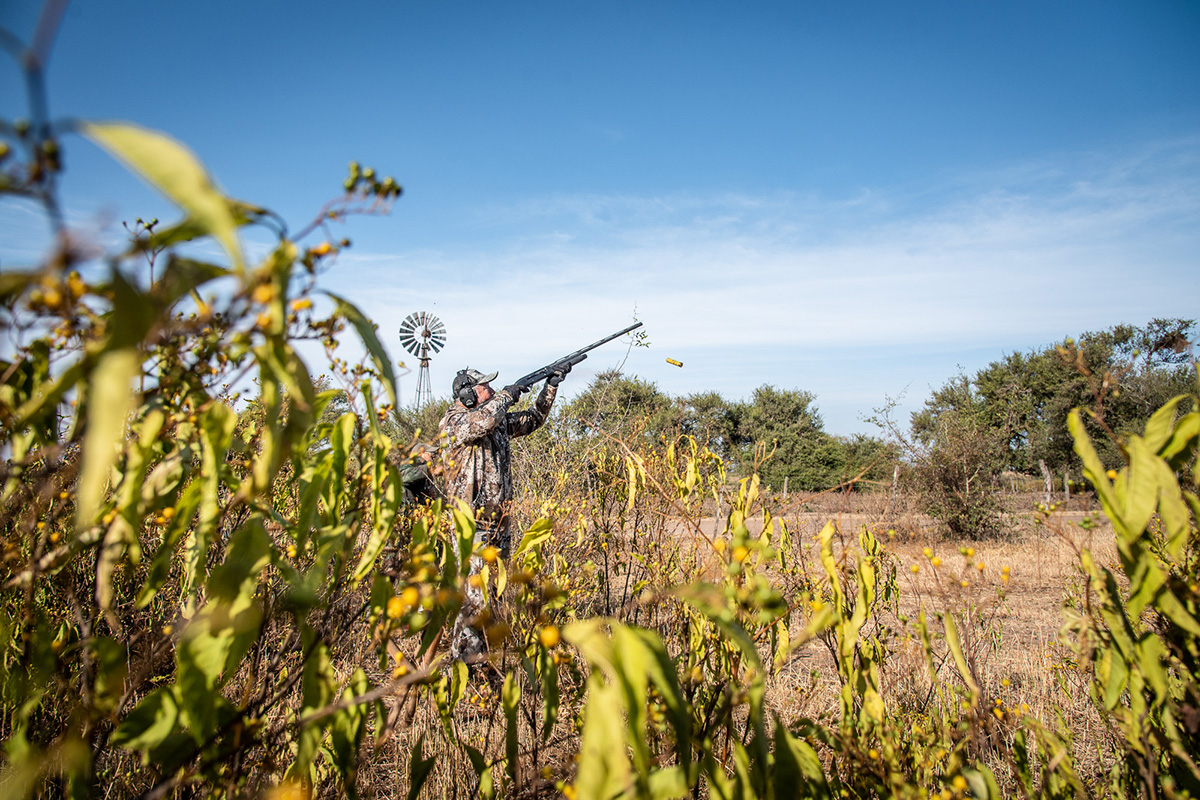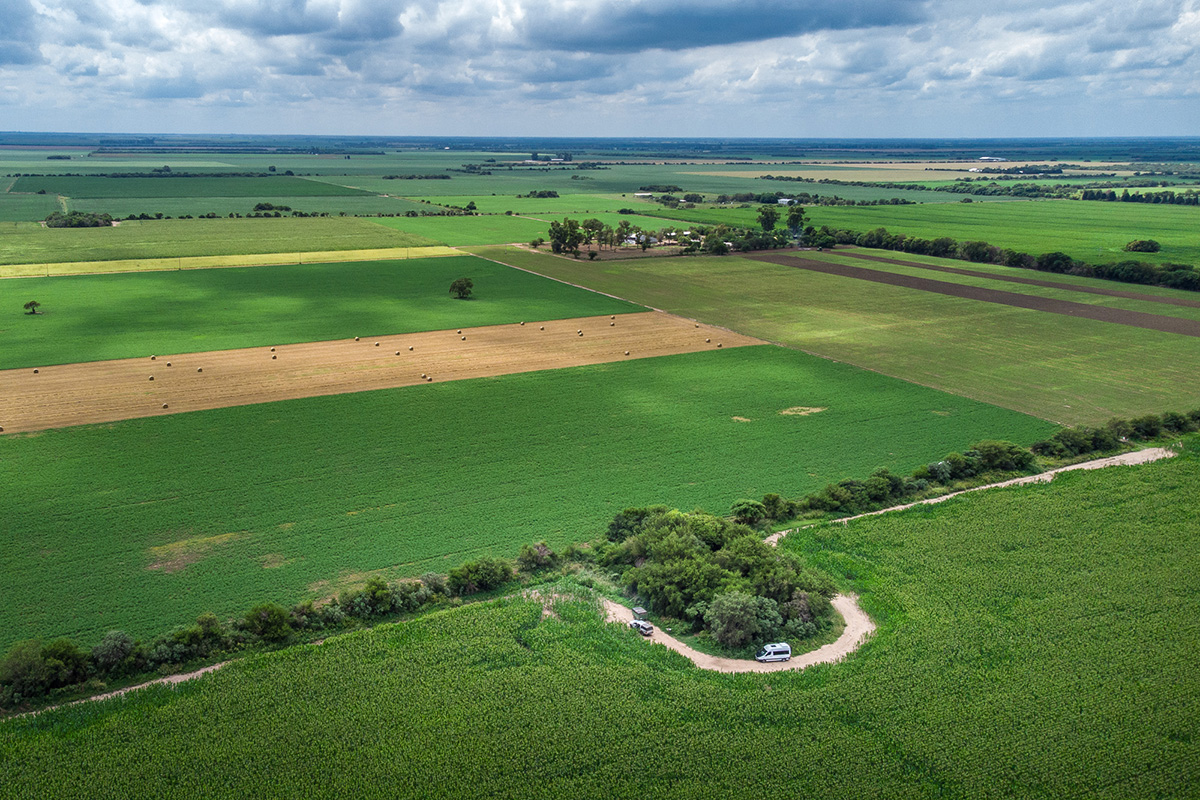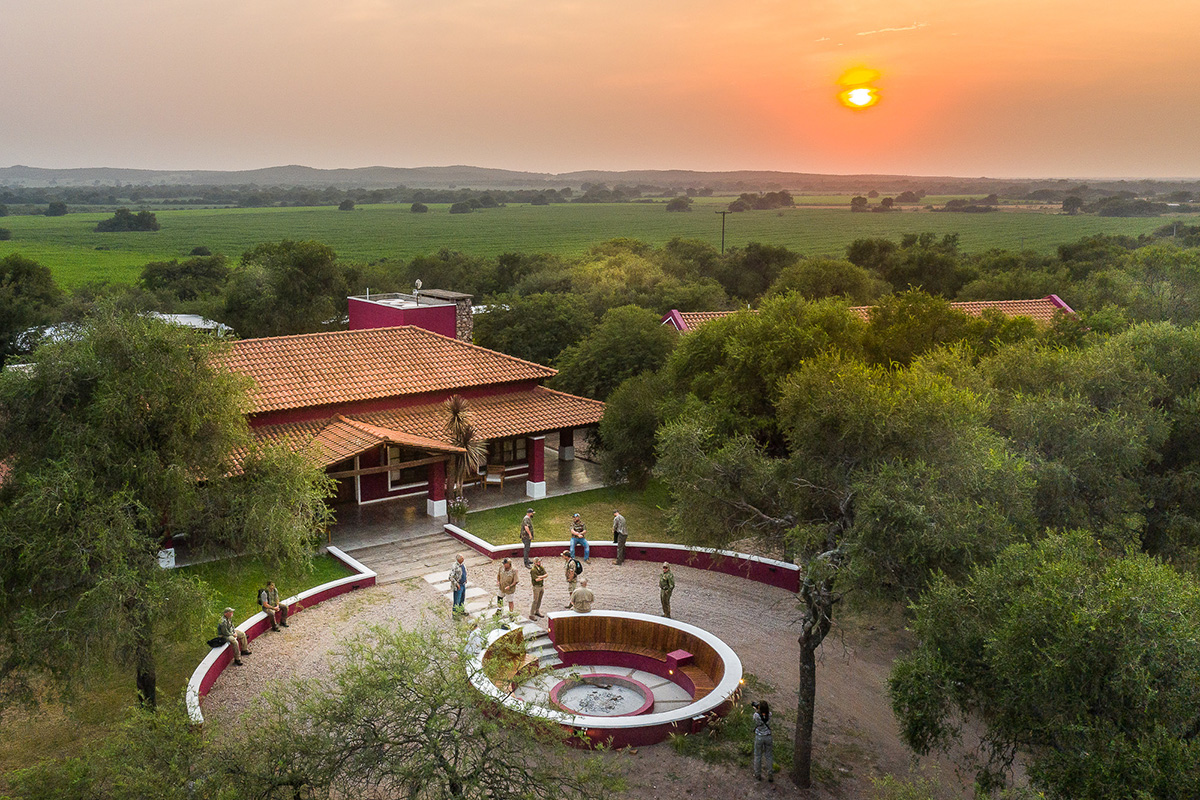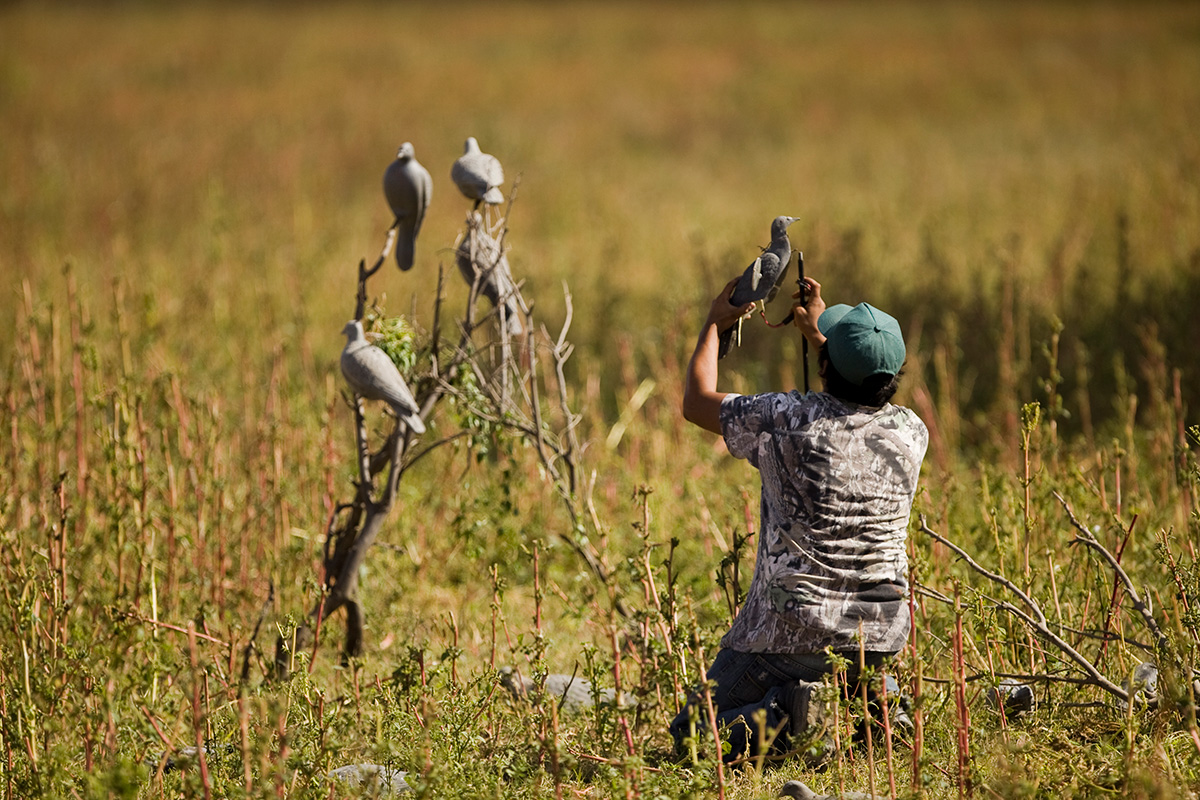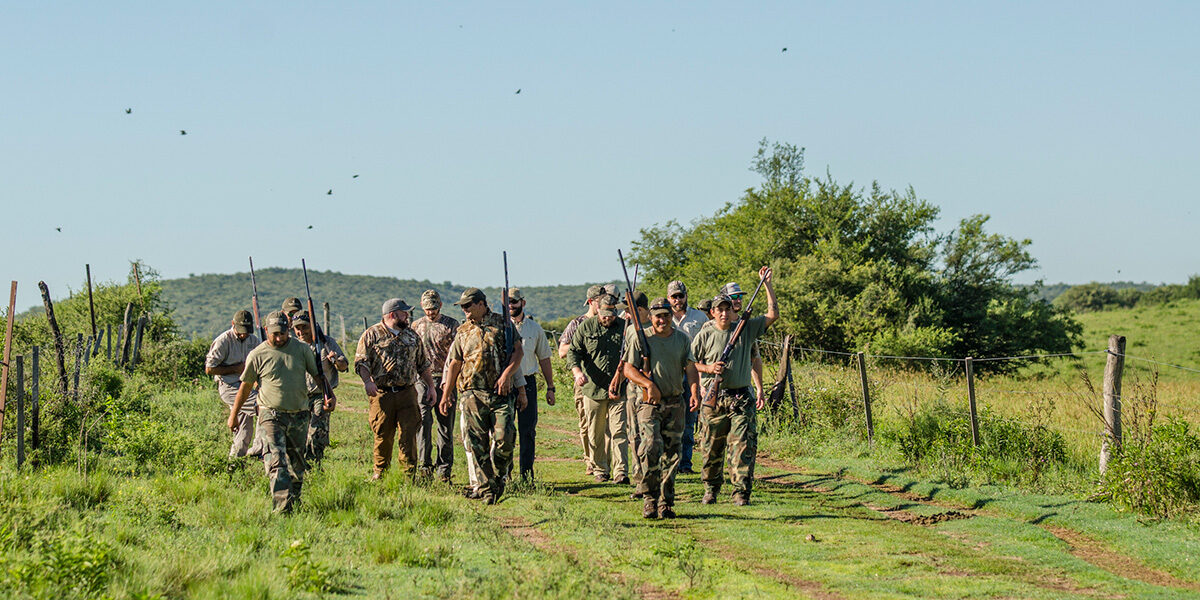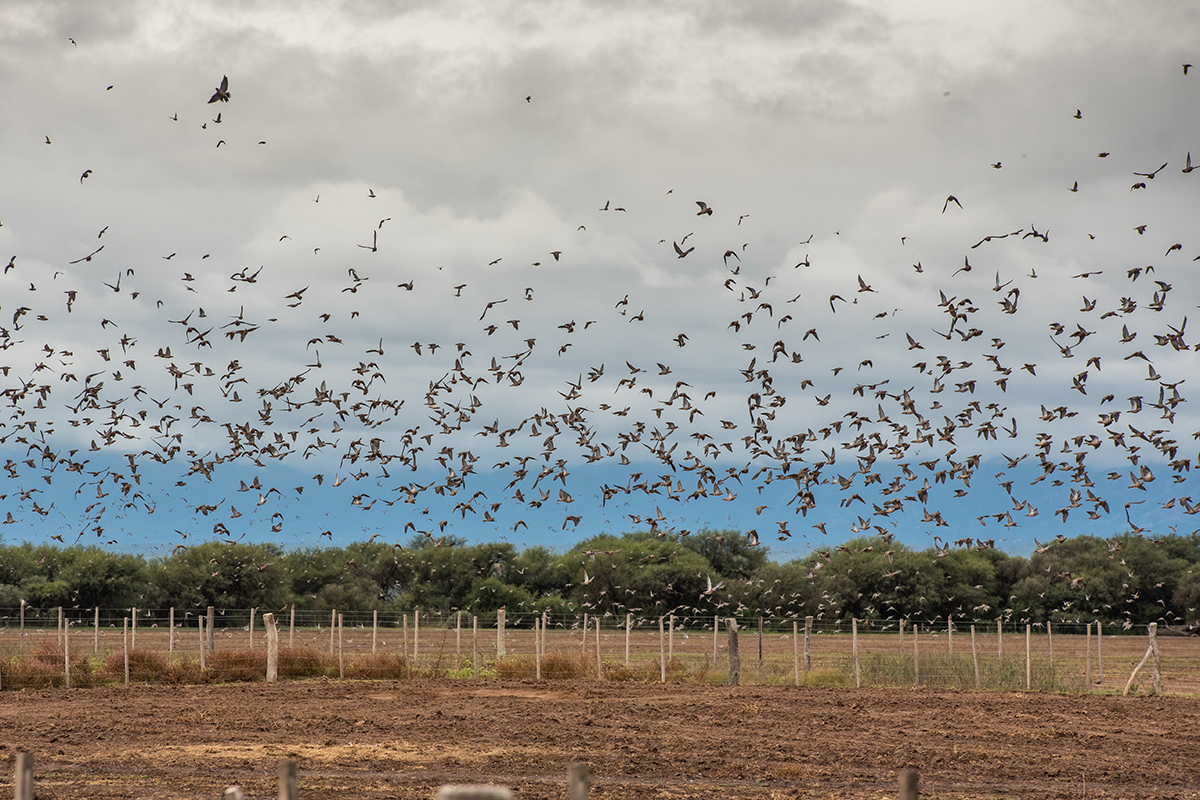The Conservation and Community Behind Dove HUnts in South America
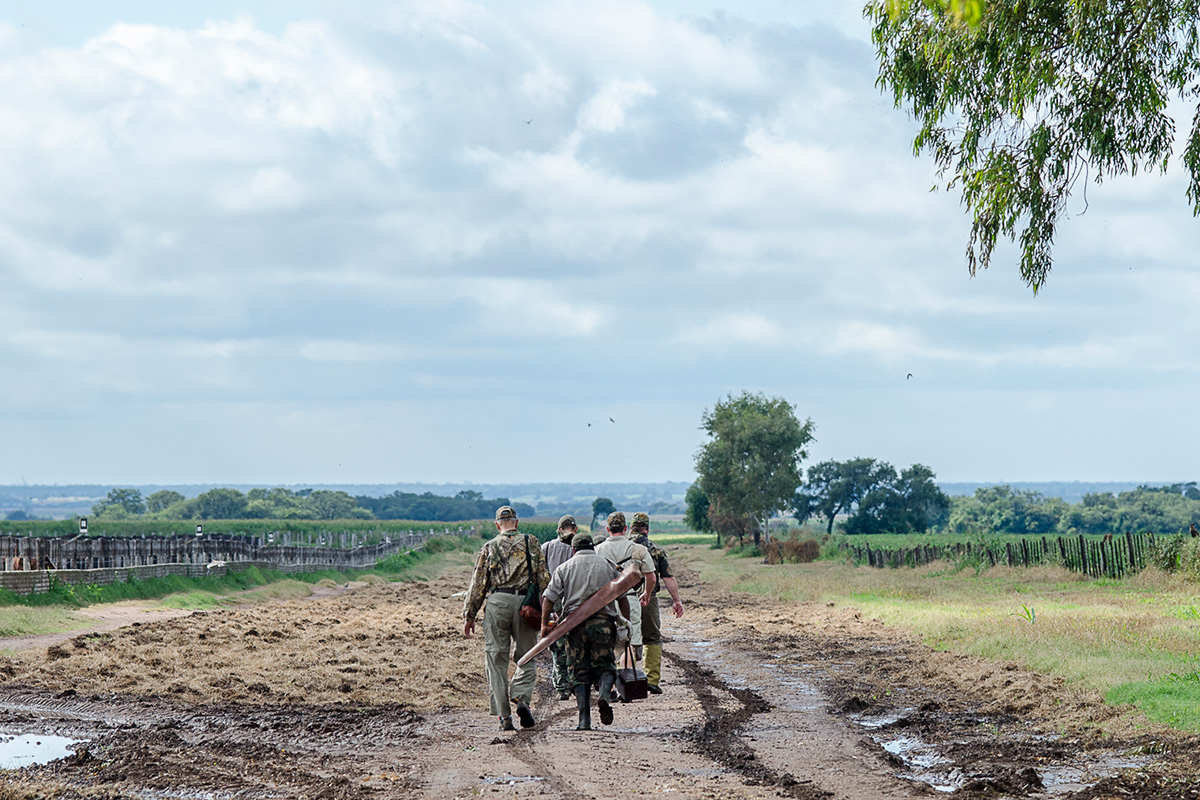
For those unfamiliar with South American wingshooting, the idea of thousands of doves in the sky and case after case of shells on the ground can seem excessive—even irresponsible. It’s not uncommon to hear criticisms around the volume of birds shot, often framed through a lens of environmental harm or unsporting behavior.
When seen up close, the reality tells a very different story—one rooted in ecological balance, agricultural protection, and rural economic opportunity.
Pest Control with a Purpose
In regions like Córdoba and Santiago del Estero, eared doves aren’t just abundant—their populations are explosive. These birds can breed up to six times per year, and in the right conditions, their population growth is staggering. For local farmers, unchecked flocks mean real damage: significant crop loss that can cripple harvests and threaten livelihoods.
Dove hunting has become the most effective form of population control. Fields are not owned by the lodges; they’re leased from farmers who want the birds gone as much—or more—than the hunters do. Without hunting pressure, the alternative is often poisoning, which not only kills doves indiscriminately but also harms scavengers like condors, foxes, and birds of prey. Hunting, by contrast, is a targeted and sustainable solution.
Supporting the Local Community
Behind every successful lodge is a network of local families and communities who depend on the economic boost brought by hunting tourism. Most guides and bird boys are local, often starting as teenagers and staying for decades. Wages, training, and especially gratuities provide meaningful income, helping individuals support families, start small businesses, or simply stay in their hometowns.
While managers or international staff might rotate in from elsewhere, the heartbeat of the lodge—from field to kitchen—is undeniably Argentine or Uruguayan.
In areas where allowed, lodges also make a point to clean and donate harvested birds to food banks or orphanages. Elsewhere, the birds are repurposed into organic fertilizer—another way to ensure that nothing goes to waste.
Is It Really “High Volume”?
The phrase “high-volume shooting” still gets tossed around, but in many cases, it oversimplifies the experience. Yes, the action can be fast and the numbers large—but it’s not an indiscriminate onslaught. Birds arrive in waves, flight paths shift with the wind and the season, and no two days in the field are the same.
In fact, areas that have hosted hunters for decades, like Córdoba, now see slightly fewer birds than emerging zones such as Uruguay or Santiago del Estero. That’s not a sign of decline, but of responsible pressure. As hunting spreads to new areas, bird populations remain strong, and the experience feels more like “plentiful opportunity” than unchecked volume.
Conservation Through Management
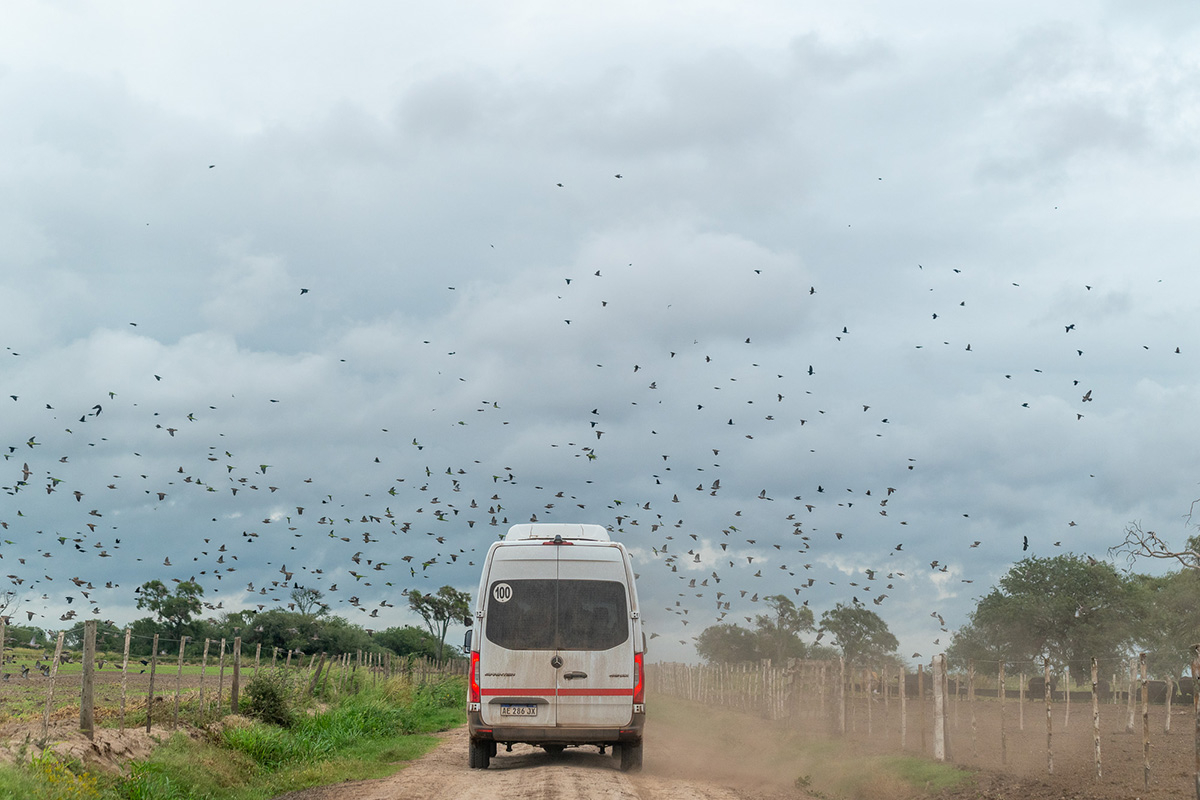
Most reputable lodges are mindful stewards of the land. They protect roosting areas, avoid overhunting, and maintain the balance between farming and the field. They’re not looking to shoot the last dove—they’re looking to make sure future generations can enjoy the tradition as much as today’s hunters do.
South American hunting doesn’t have to be about “more.” At its best, it’s about management, community, and a deep respect for the resource.
To learn more about Wingshooting in South America, contact Elaine Wissolik, our South America Wingshooting expert




